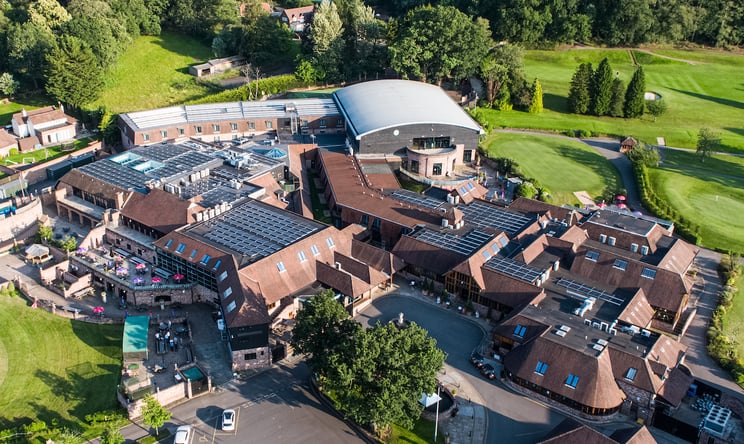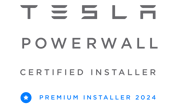The return of holidays and foreign travel is on the horizon.
One way for hotels to cut energy costs is to invest in solar panels. Whitbread, the UK’s largest hospitality company, has rolled out solar PV across 20% of its Premier Inn hotels so far (much of it installed by Spirit!).
Read on to find out more about creating a solar powered hotel or reach out to see how we can help on your journey into solar power:
What is energy used for in hotels?
This is the breakdown of energy usage for a typical hotel:
Data source: European Commission.
Electricity makes up approximately 40% of the energy usage in a hotel. Here is the breakdown of what that electricity is typically used for:
Data source: European Commission.
‘Other’ things include TVs, minibars, pools etc.
It’s important to analyse what energy is needed for in a building, as this will help illustrate where on site renewables like solar power can help.
The advantages of solar energy in hotels
Solar panels produce electricity during daylight hours, and so can contribute towards electricity demand during these periods (or outside them, if you have battery storage). Fortunately, the peak electricity demand for average UK hotels aligns with daylight hours:
Data source: Ofgem.
It’s worth noting that the rise of electric vehicles will have a knock on effect for hotels. As a destination, they can cater to EV-owning guests (and staff) with onsite charging. This will of course increase energy demand, but smart integrating of solar power has the potential to supply much of this.
A few years ago, we installed 6 dual socket EV chargers at St Giles Hotel in Heathrow.
What are the best types of solar panels for hotels?
We would typically install higher wattage commercial panels on hotels to get the maximum output from the available space. Our standard recommendation might be the JA Solar 380W modules, as this would give the most cost effective solution. Depending on usage and available space, however, we may specify a higher efficiency commercial SunPower or LG panel if the hotel is looking for longevity and financial returns over a 25 year period.
Financing solar panels: PPAs
Commercial solar PV systems typically have a payback period of 6-10 years, but the upfront investment can be substantial. Another option is a solar purchase power agreement (PPA), in which an outside investor funds the installation and the property owner buys the generated electricity from them at a below-market-rate cost. This can be a great way to make use of your roof space for renewable energy generation if you don’t have the money to invest at the moment.
Case study: Old Thorns
We recently installed solar at Old Thorns in Liphook, which is a hotel with over 150 rooms, self-catering apartments, a spa and golf course. The epic 217kWp system was financed via a PPA. Take a look behind the scenes of the installation or watch the aerial video:
To learn more about transitioning to a solar powered hotel, give us a call on 0118 951 4490 or download our free guide to commercial solar PV:











